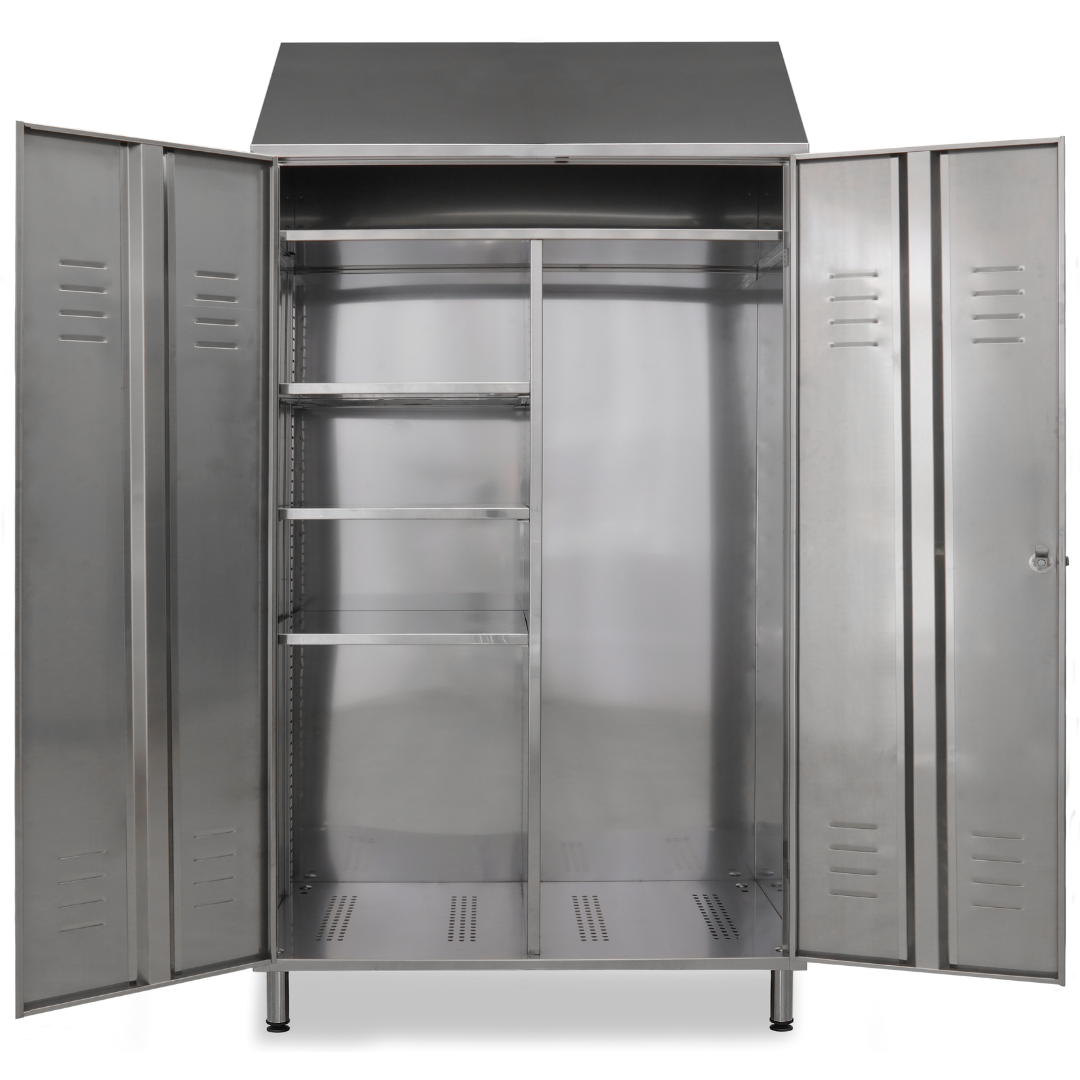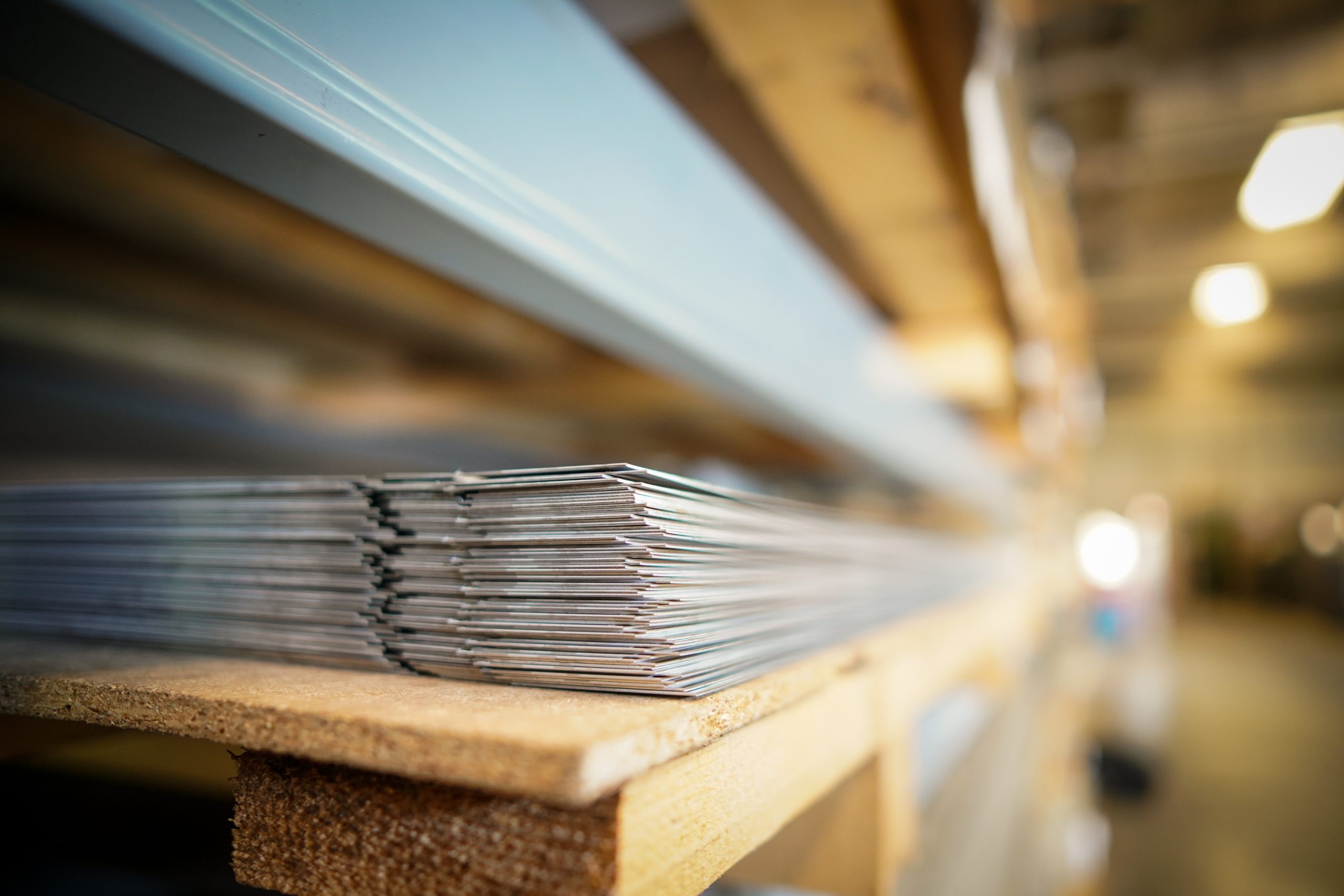Types of stainless steel
To know the various types of stainless steel, you need to start from the basics.
By “steel” we mean an alloy of iron and carbon in which the percentage of the latter is not higher than 2.06% (otherwise we would be talking about cast iron).
The stainless version of this metal alloy has proved to be the most suitable material to make the most diverse objects and equipment that can be used in various production sectors. It has earned this record thanks to its incomparable chemical-physical properties which give it unique characteristics.
The peculiarity of this steel compared to others (and other materials), is the high chromium content, which allows it to be very resistant to corrosion and oxidation. The surface is protected from the action of external agents, by a very thin protective film generated by the chromium in contact with oxygen.
This means, in a less technical way, that stainless steel cannot rust.
In addition to resistance, this layer gives the material a homogeneous external appearance and high hygienic properties. In fact, as we have seen, stainless steel is one of the safest materials from the point of view of compliance with health standards. It is 100% approved for food contact, as you can read here.
However, if its qualities are known to many, perhaps not everyone is aware there are various types of stainless steel and different classifications. Each type has different characteristics and proves to be more or less suitable depending on the purpose for which it is used.

4 macro families for stainless steel
When, in addition to chromium, other elements are added to the steel, its structural characteristics are modified and the steels can be divided into 4 macro families:
- Martensitic (13% chromium)
- Ferritic (18% chromium)
- Austenitic (18% chromium + 10% nickel or
18% chromium + 12% nickel + 2% molybdenum) - Duplex (22% chromium + 5% nickel)
As the added elements increase, the material’s resistance to corrosion increases and its workability decreases. It also makes the steel more rust resistant and therefore more hygienic.
Another system, well known to indicate the presence of these substances in steel, is to use numbers directly next to the name.
In fact, by “18/10 steel” we mean an alloy containing 18% chromium and 10% nickel. 18/8/3 steels, on the other hand, contain 18% chromium, 8% nickel and 3% molybdenum.

Official AISI nomenclature
However, there is also another method for classifying the types of steel: the so-called AISI nomenclature (American Iron and Steel Institute), also based on the composition of this alloy.
Inside we find the steels:
- AISI 304: the one most used to produce the most common objects, very resistant. It falls into the category of austenitic steels, among the most resistant.
- AISI 316: adds the presence of molybdenum to the previous type, which makes the material even more resistant even in environments characterized by high humidity and salinity.
- AISI 430: a less resistant type of steel with a less uniform external appearance. In fact, it belongs to the ferritic steels, which are less stable and more suitable for industrial processes.
- AISI 441: an economic alternative to AISI 304, resistant and often used for hobs and table or chair structures.
At Facilitas, we use AISI 304 and AISI 441 stainless steel in our processes, which guarantee our products resistance, maximum hygiene and a shiny and uniform external appearance.
For any information and to find out more, write to us by filling out the form below!

